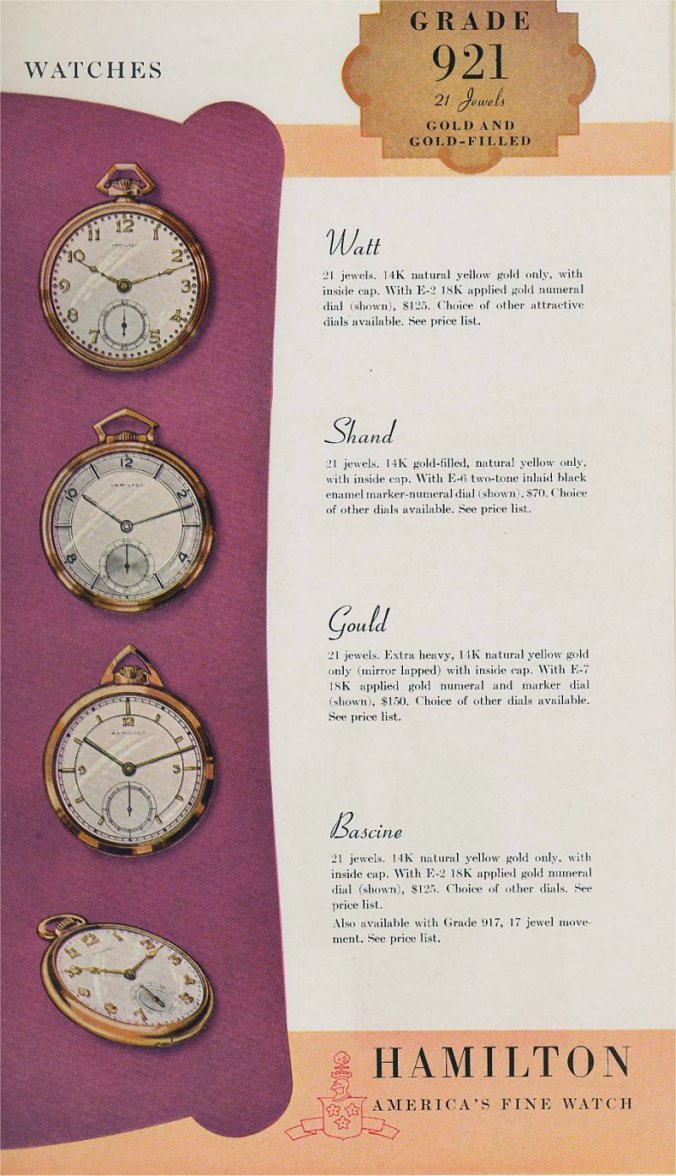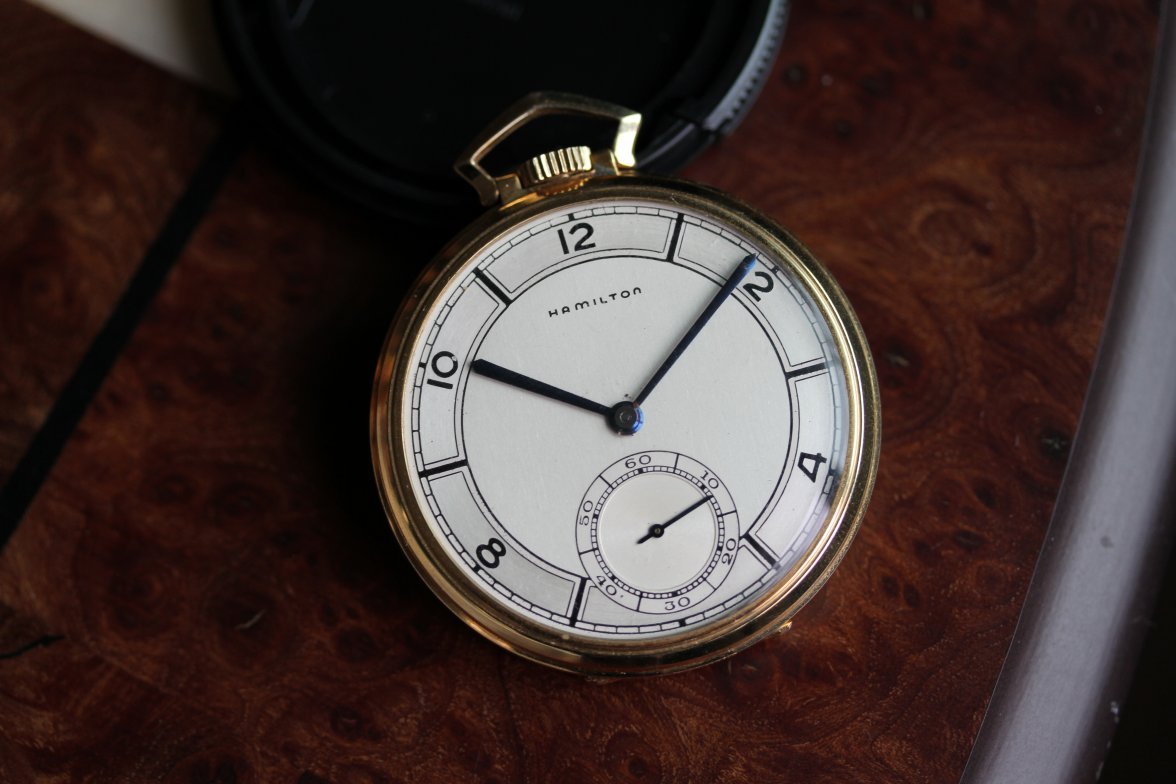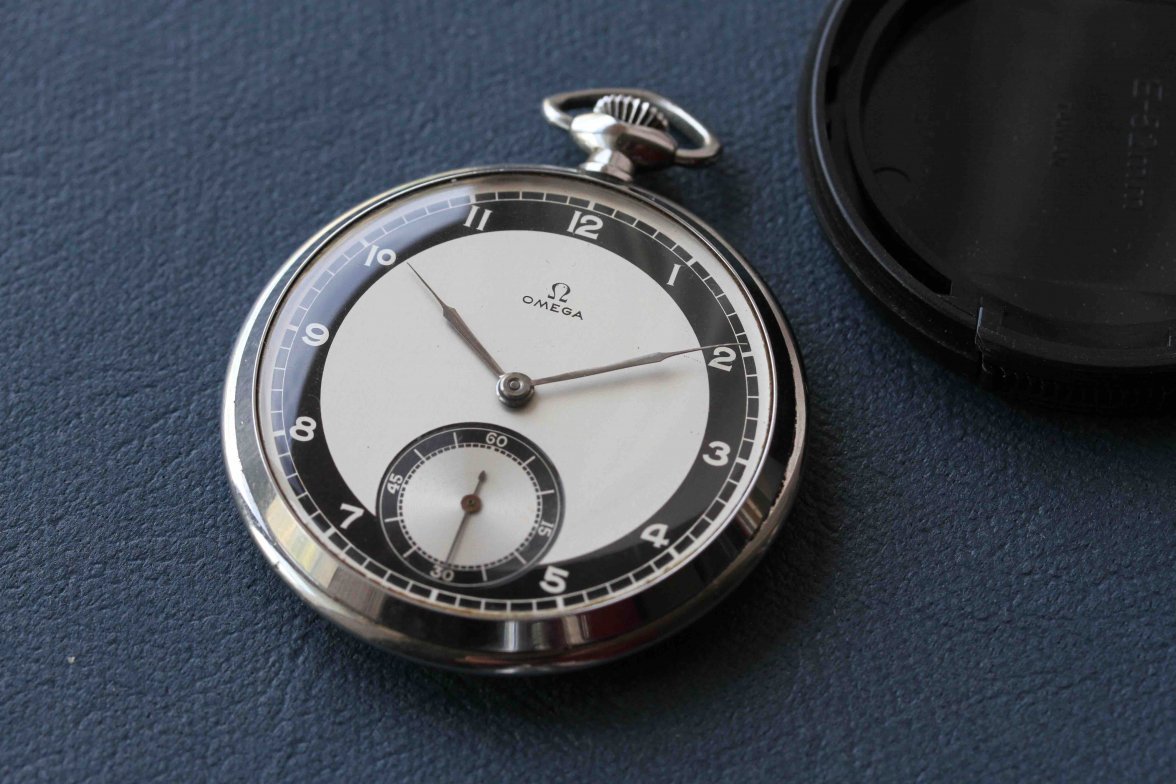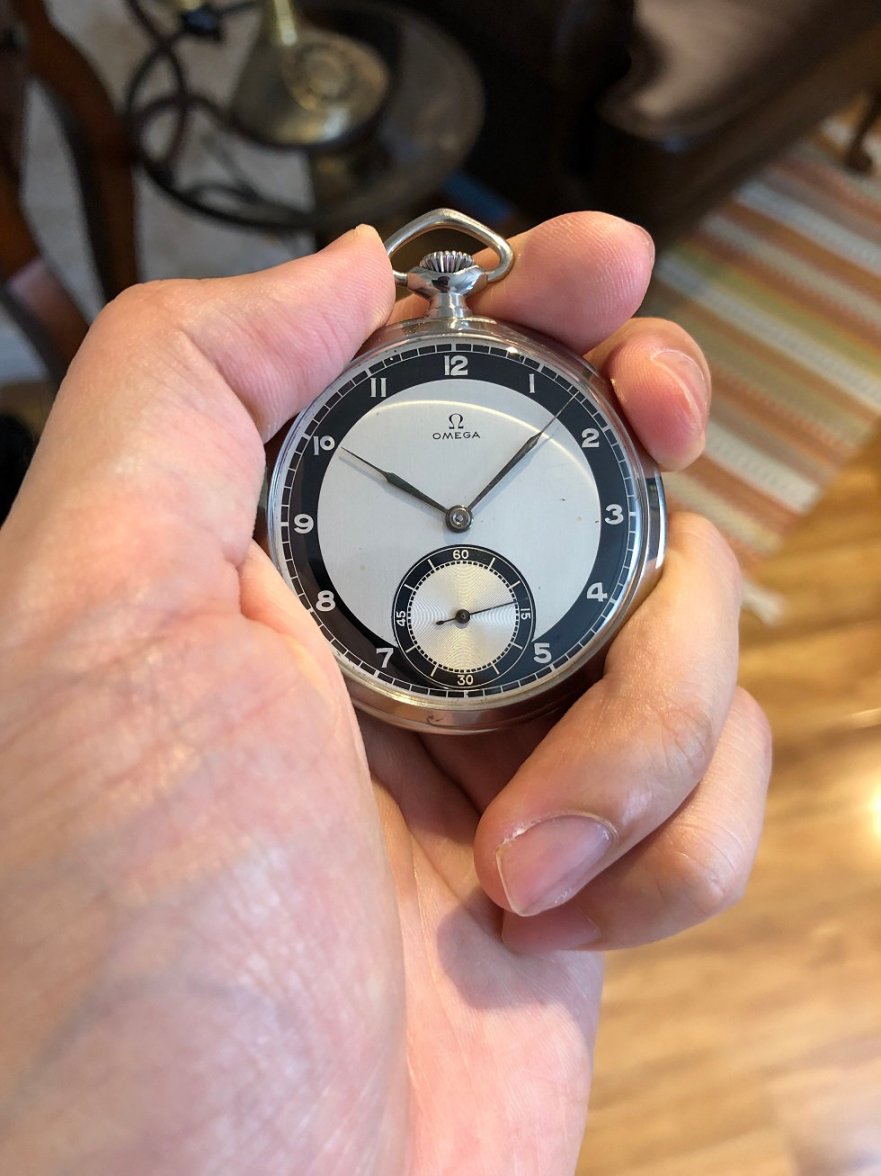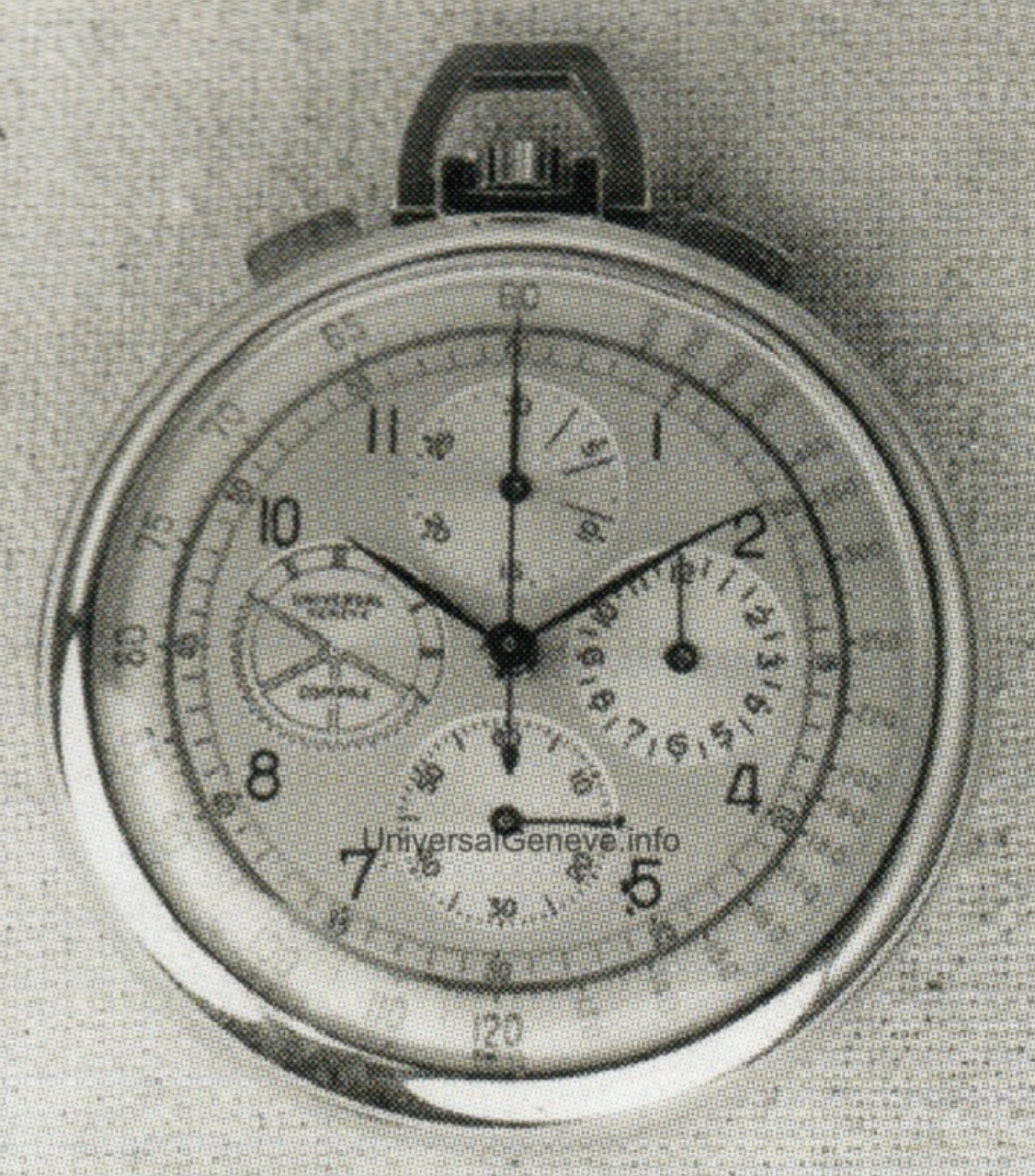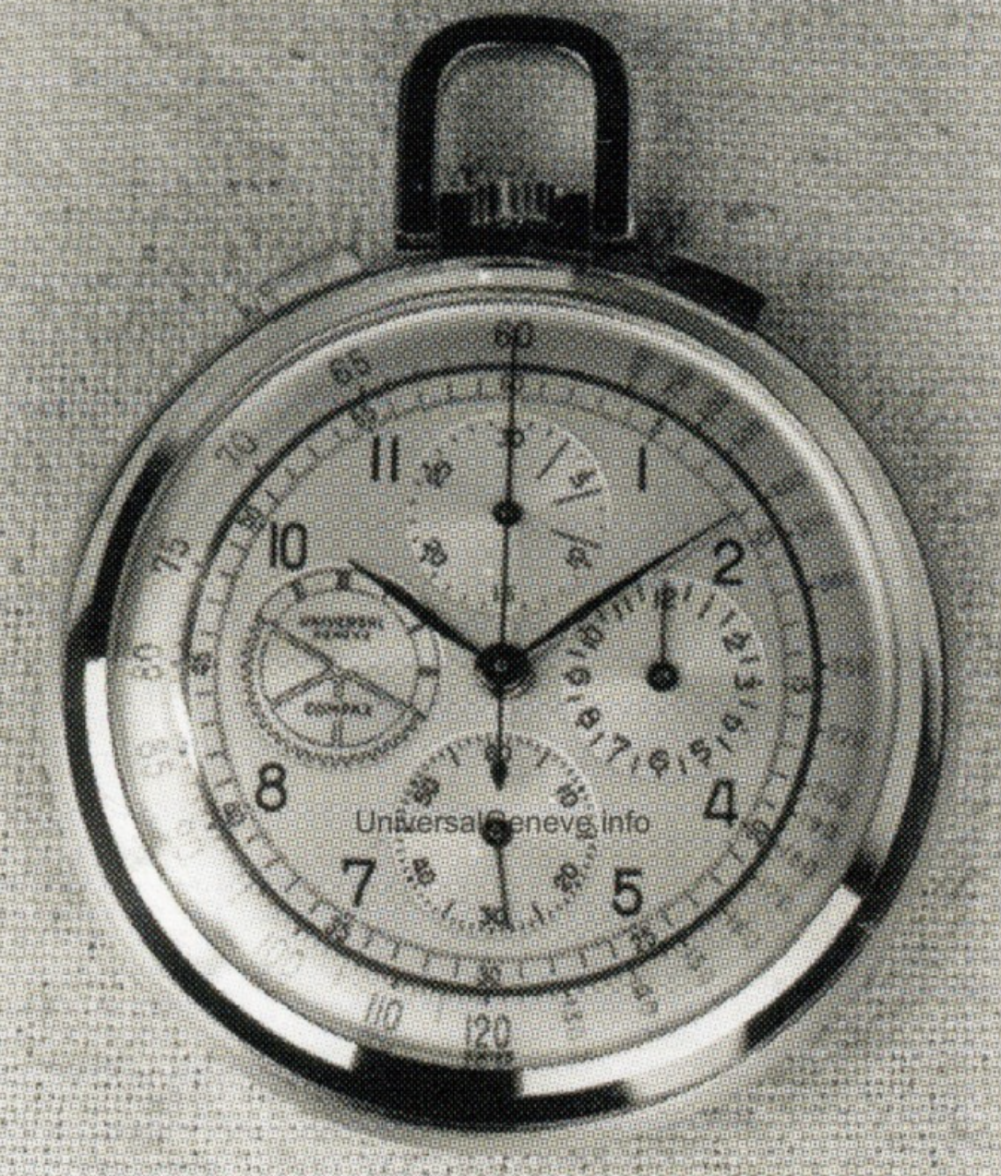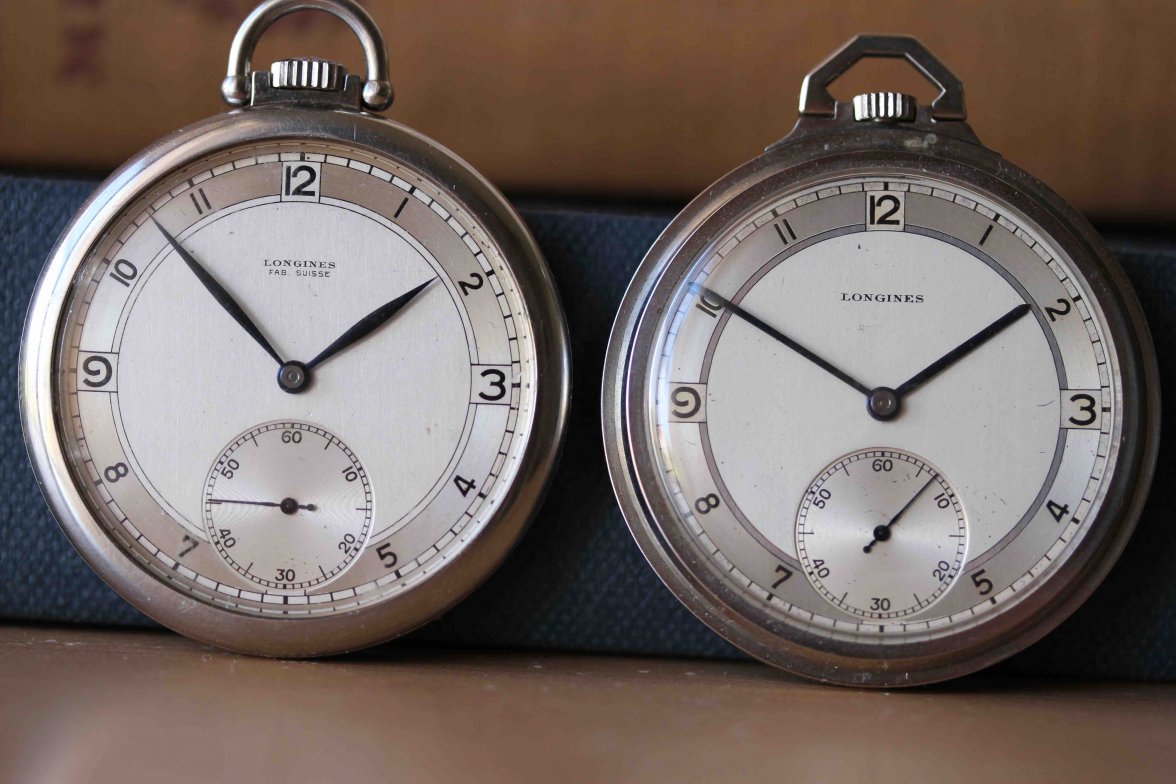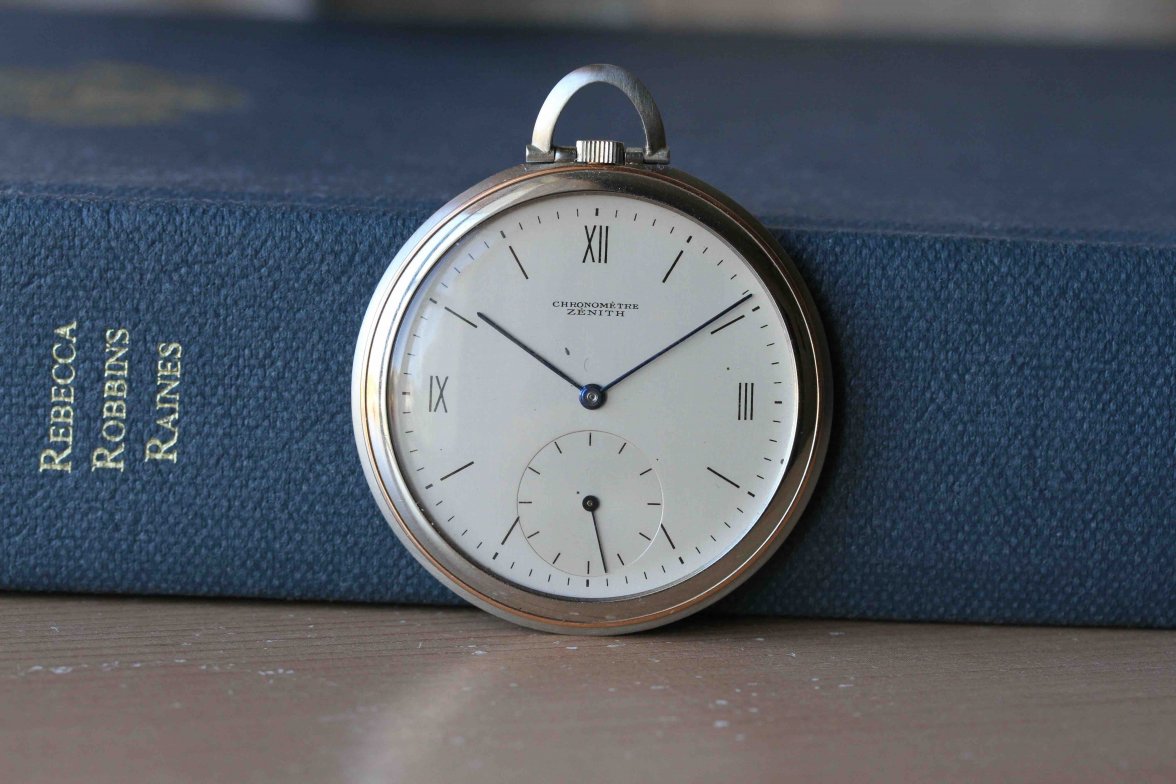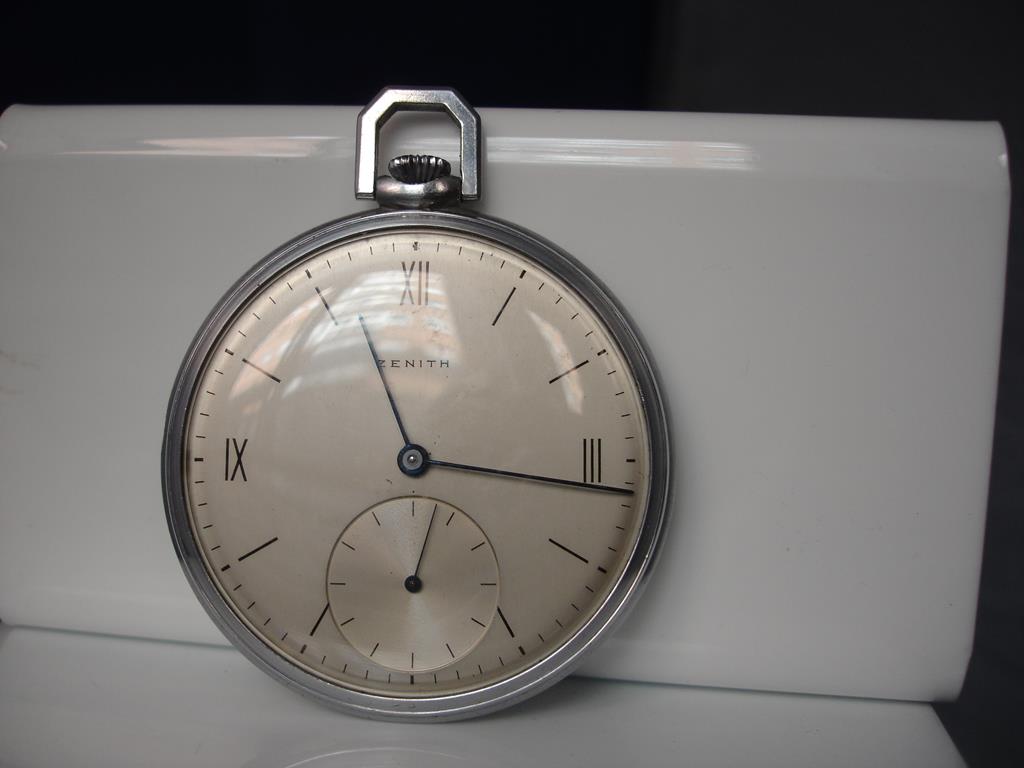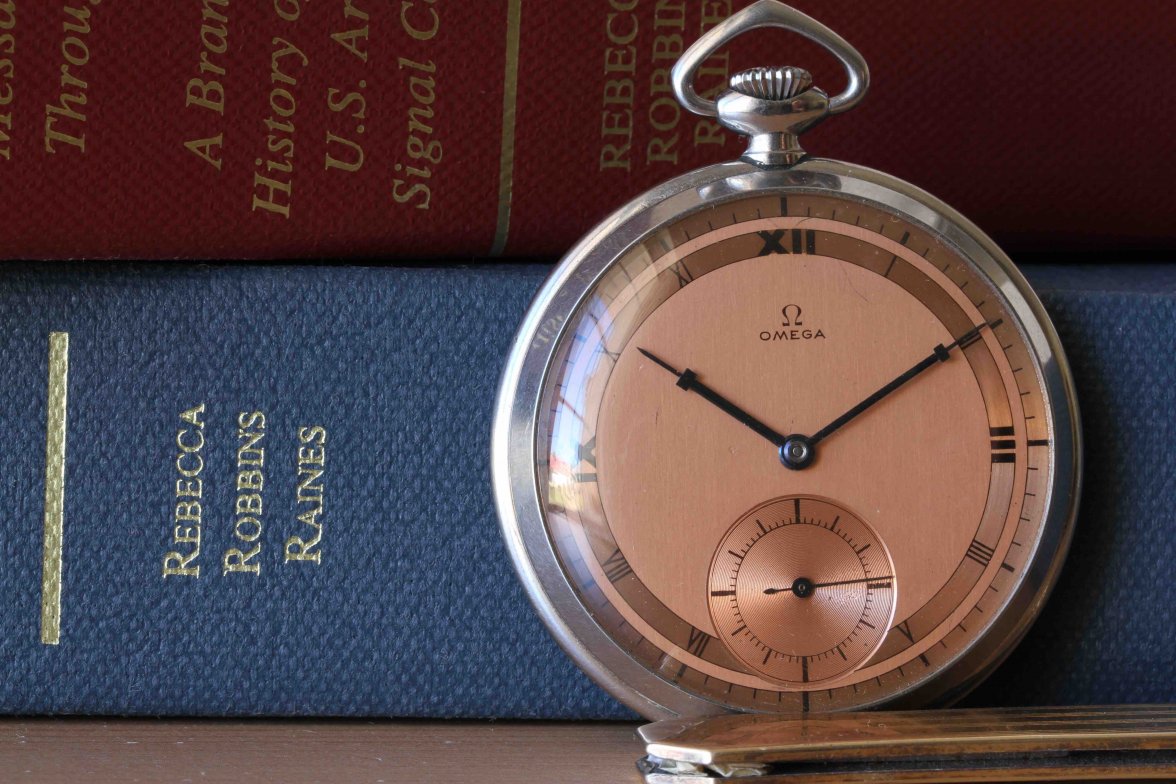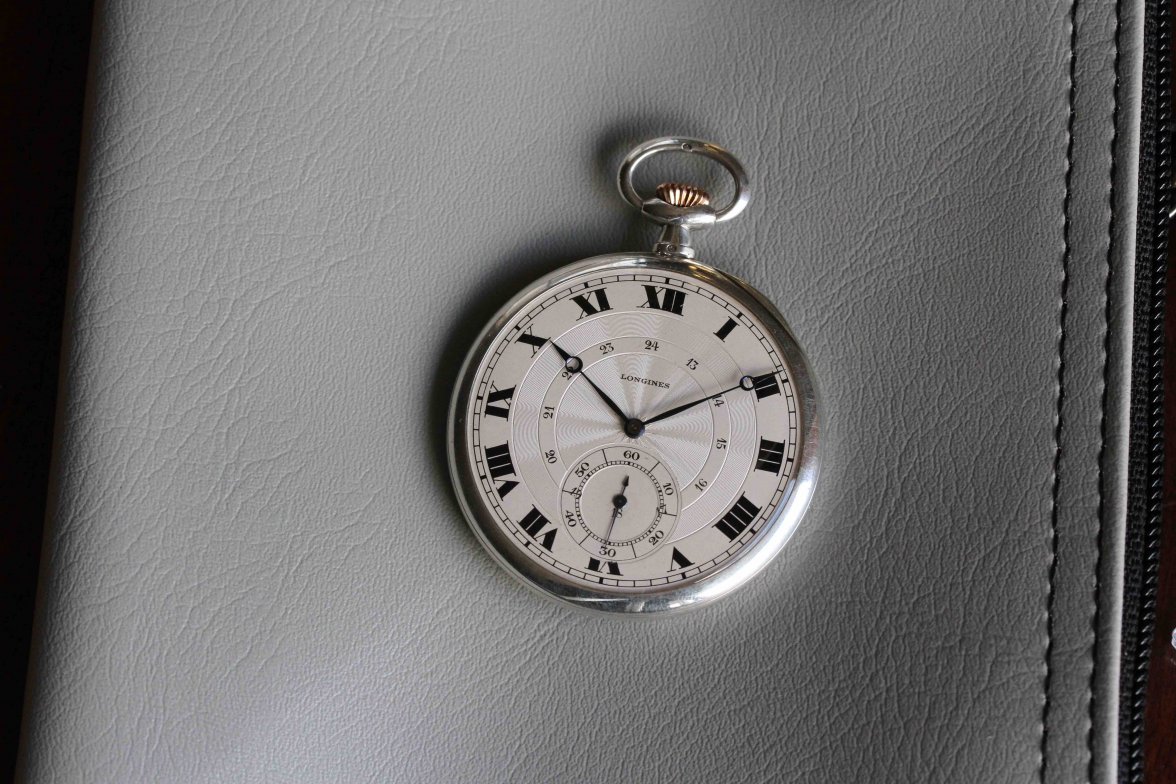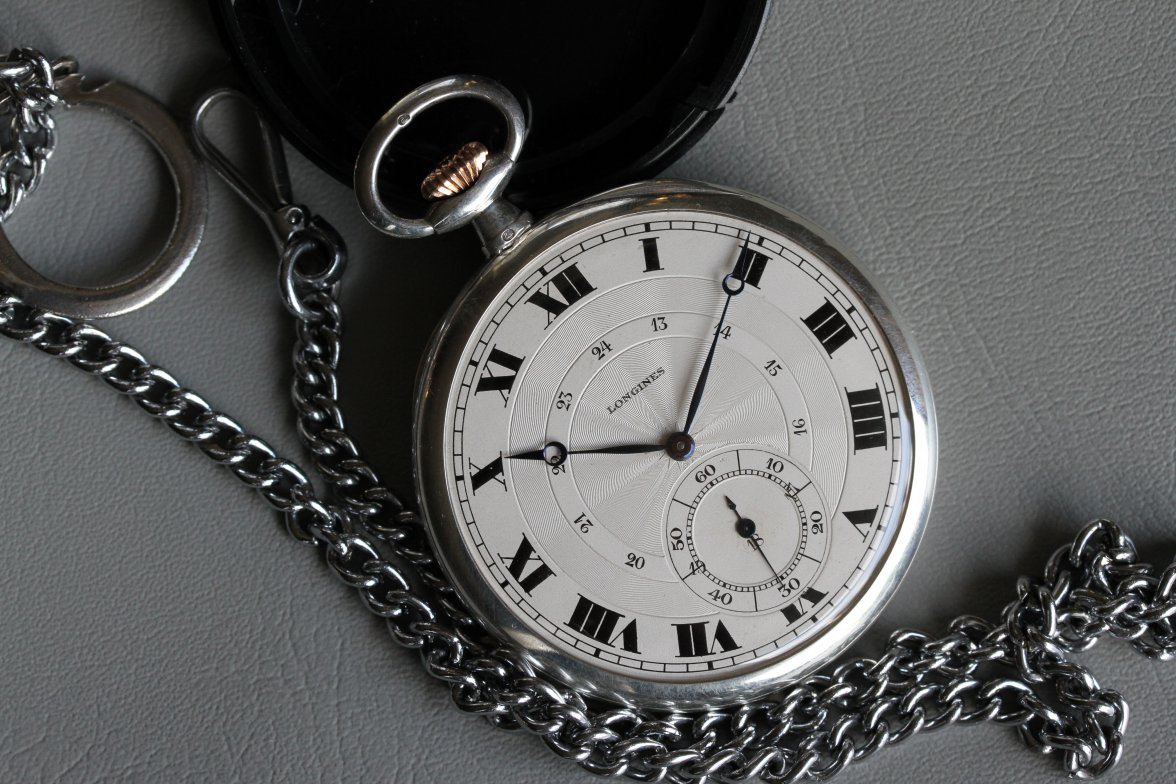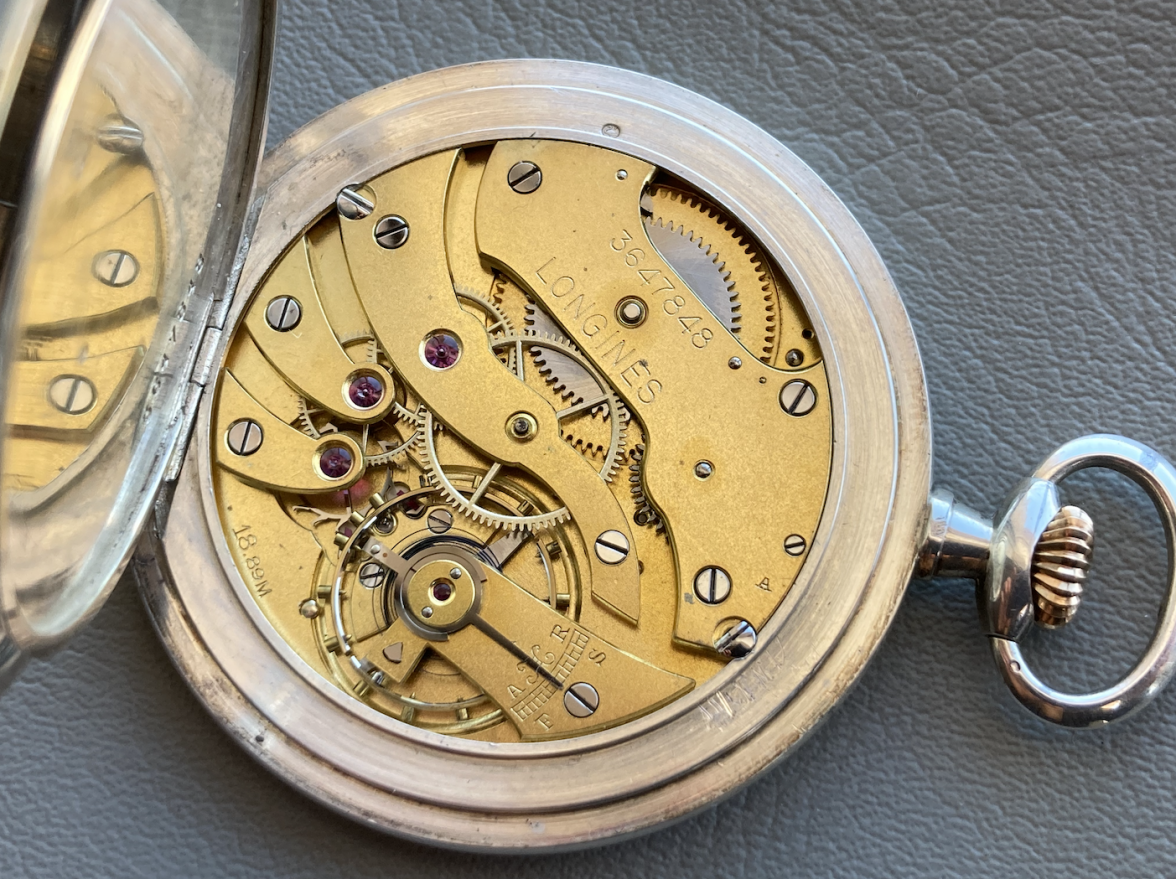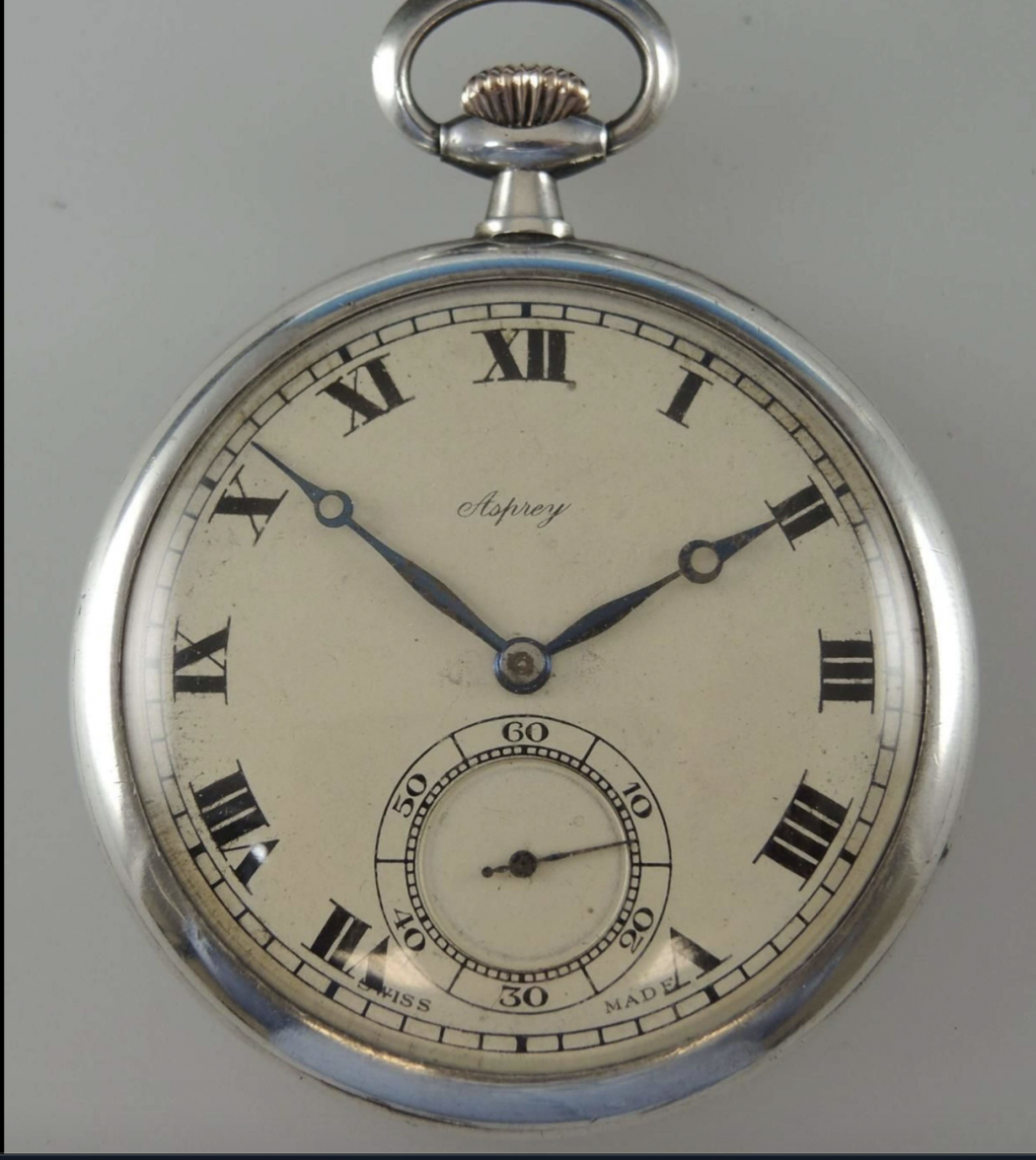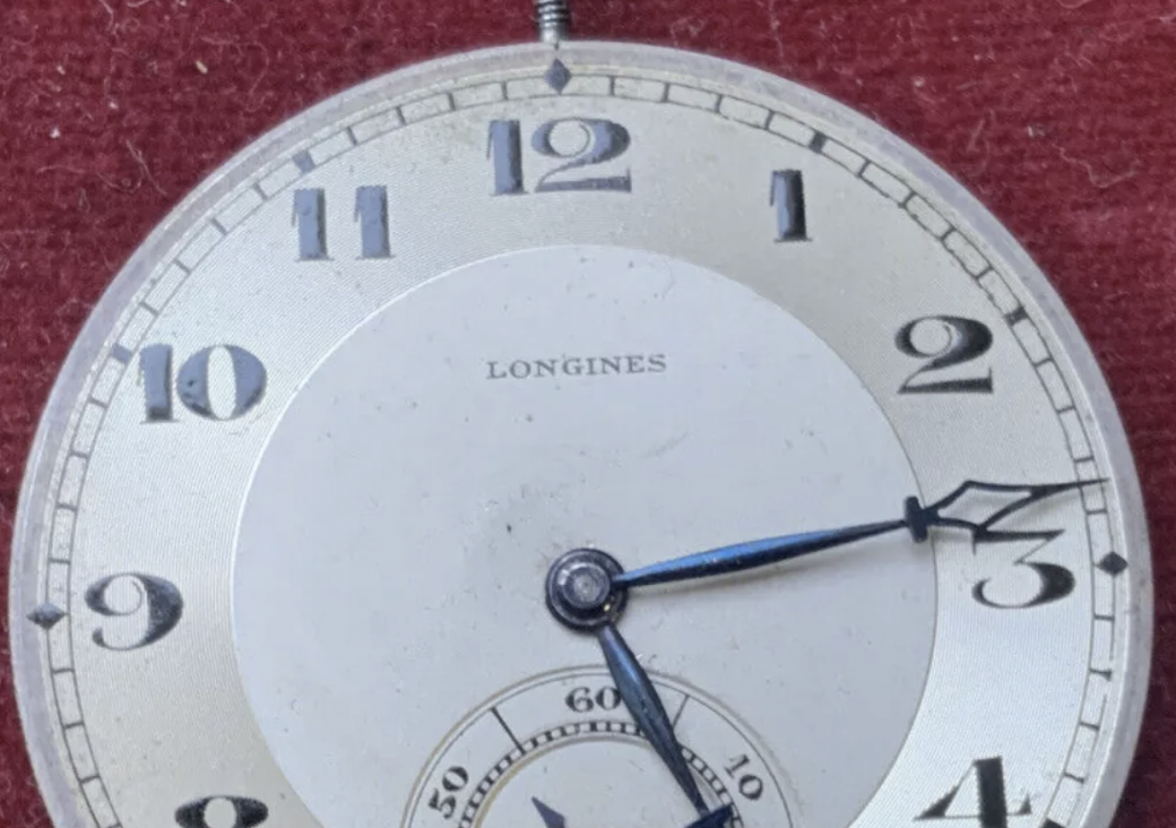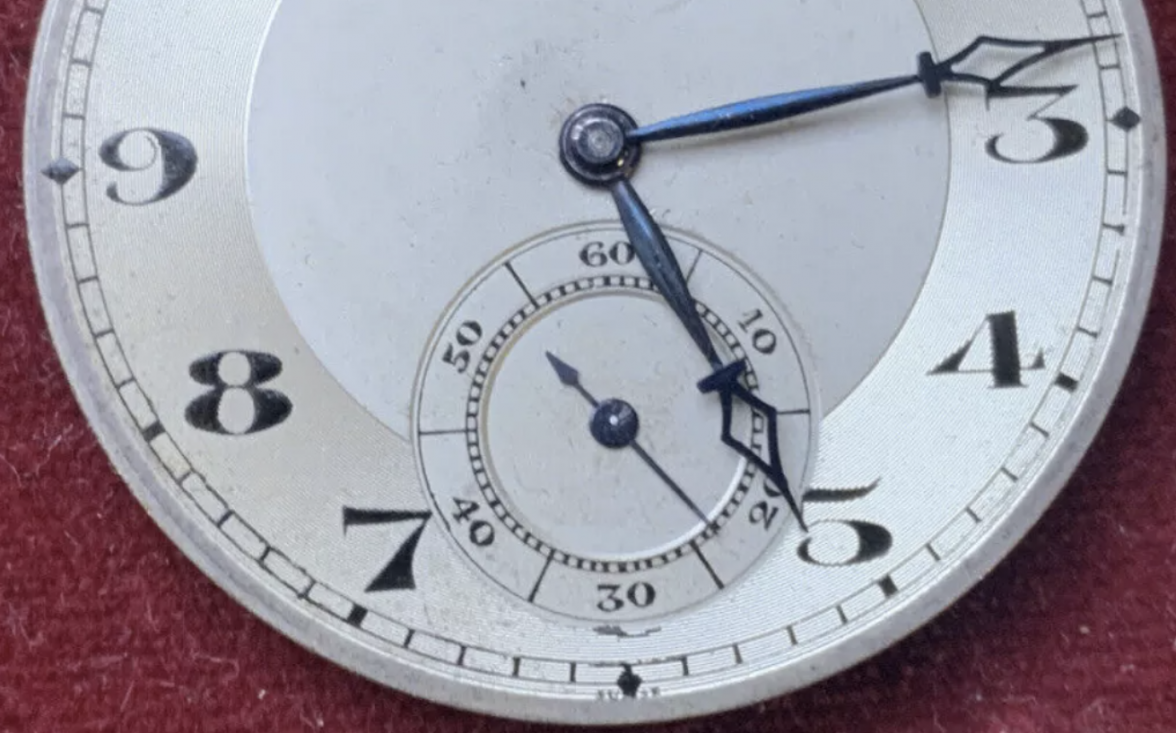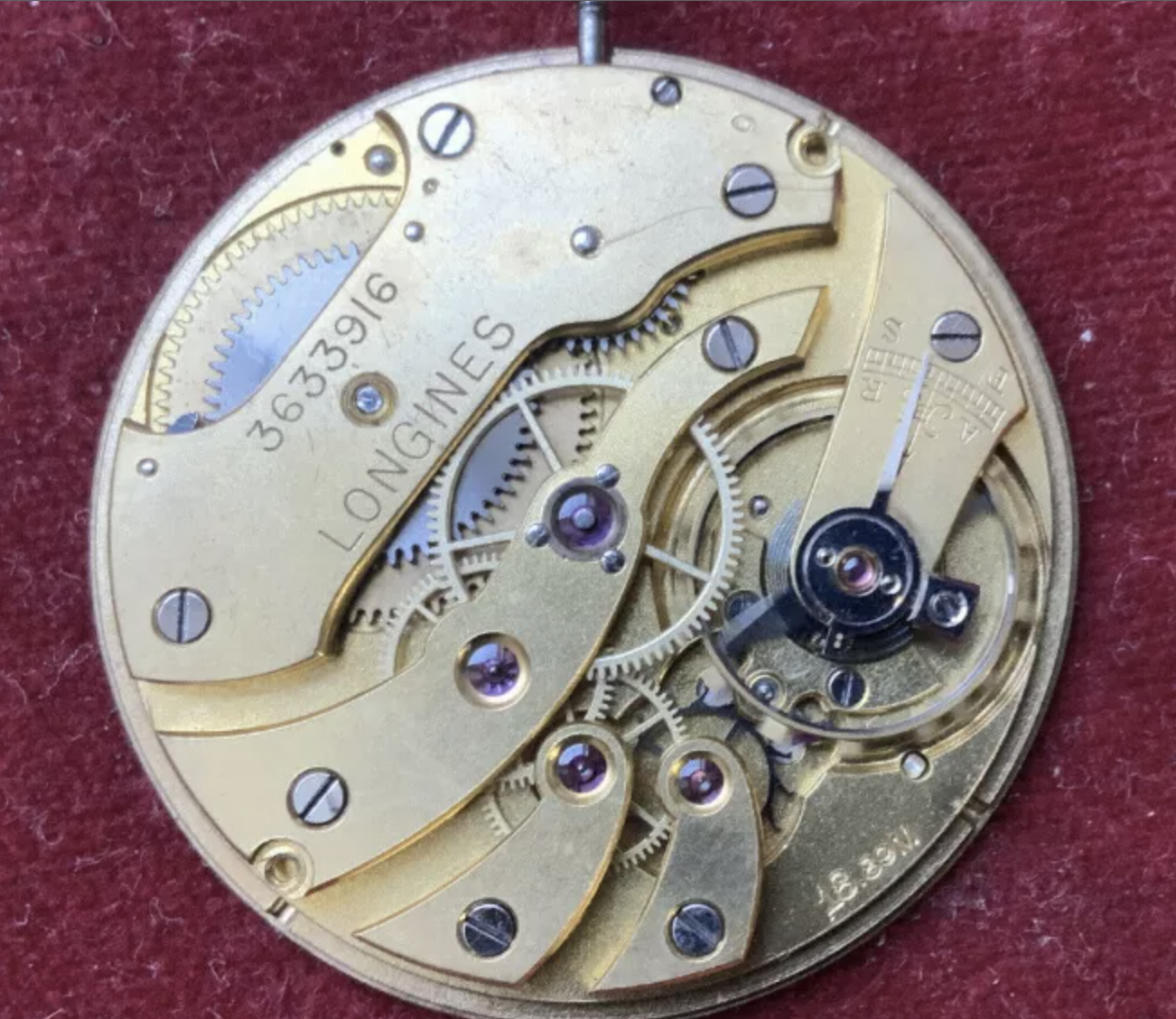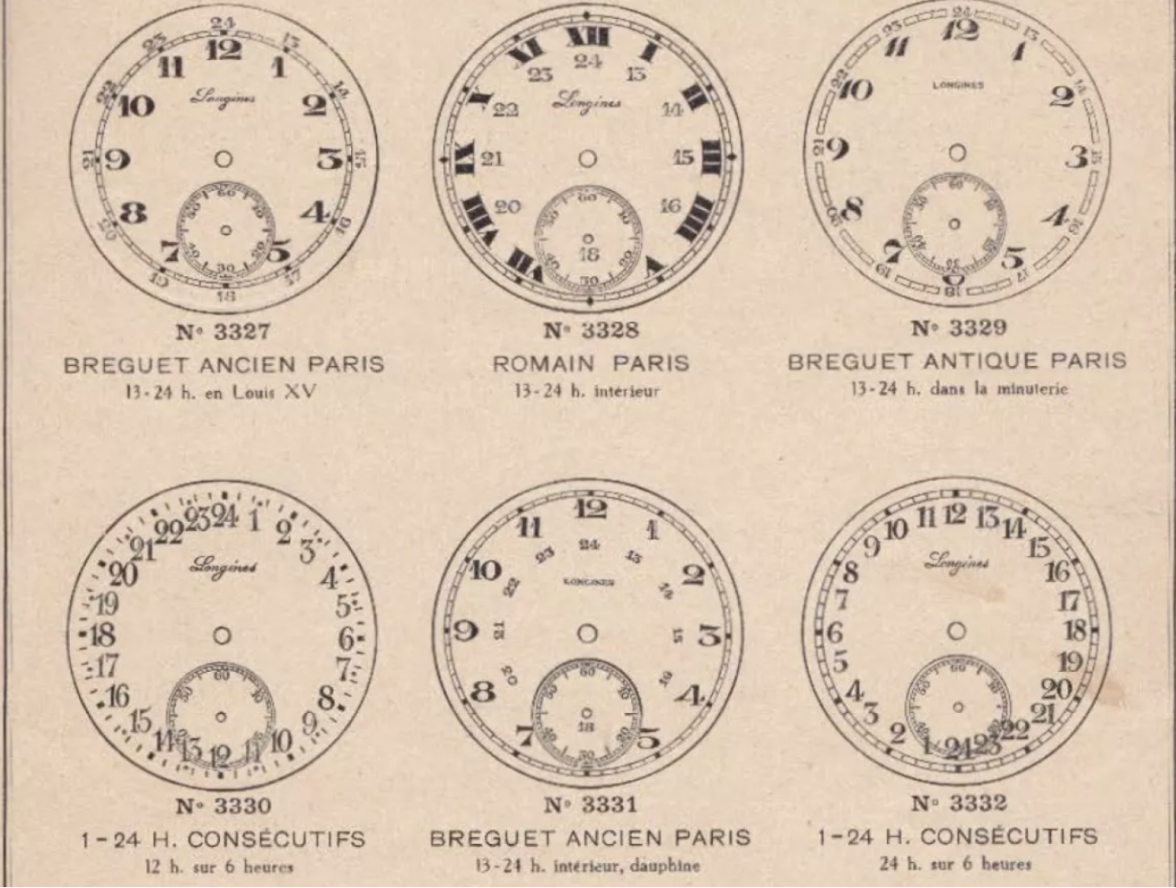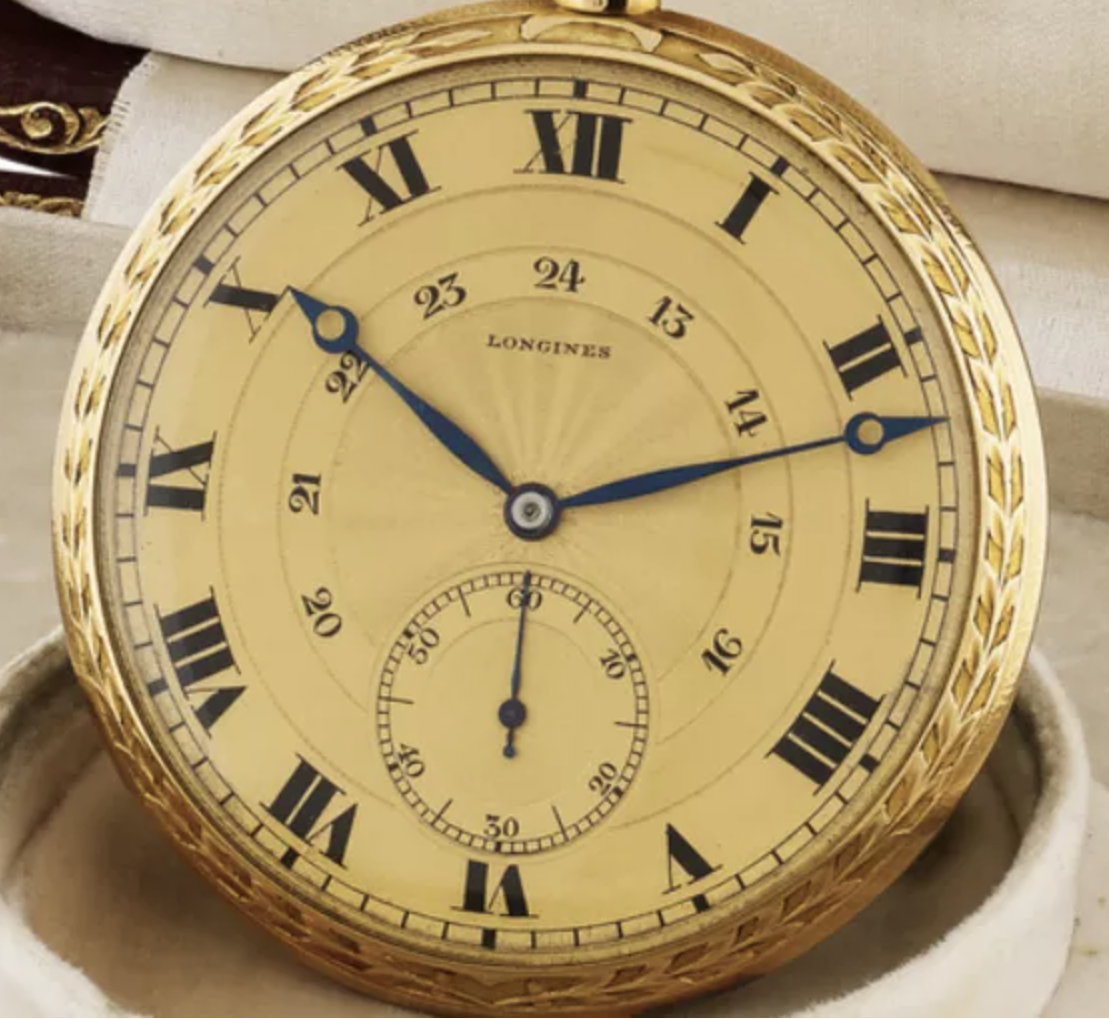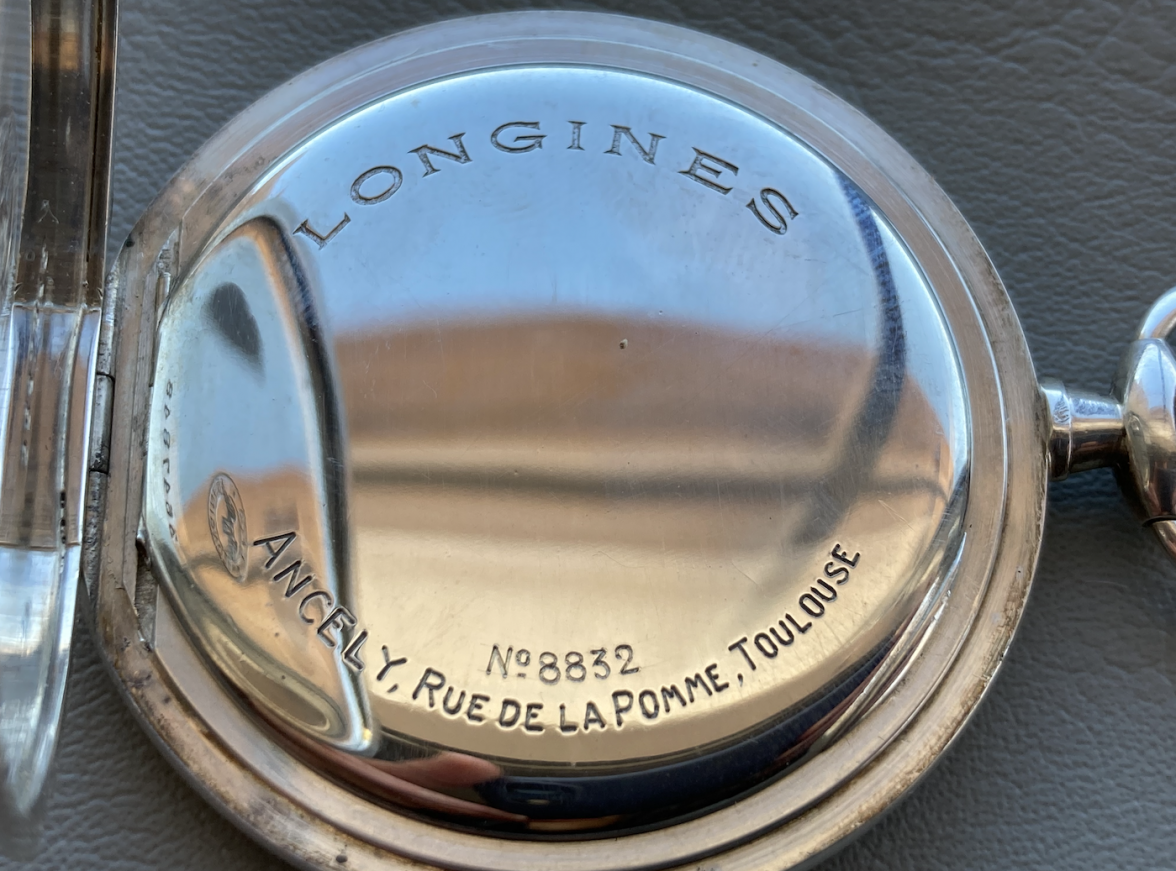Modest_Proposal
·I hope this post is informative to those who feel intimidated appraising “old watches”.
There are two main ways to assess the whether a watch looks like it did when it left the factory, and they’re often used in conjunction:
I’ll begin with a run-down of comparative analysis and then move on to a case study (pun detected).
Advertisements show the principle of the thing. They are no match for high resolution comparative photography, but they prove broader design elements.
Given the breadth and loosened standardization of the 1900’s-1940’s, don’t be discouraged if you can’t find an advertisement with your exact watch. Sometimes all you can find is an identical case or dial or handset. And you should be thankful for that. Referencing advertisements is not expected, nor common for watches from that era.
Below is a "Shand" watch.
2. Finding an identical watch (obviously)
This is easiest if a model was produced in great numbers or was heavily standardized. Up until the 1950’s, hands, dials, cases, and even movements were sometimes sold as options in catalogues or shipped to importers in parts to be assembled with locally made cases. Generally speaking, American watches were more standardized than the Swiss.
Below are two examples with the same case, dial, hands, crown, and movement. This is some of the strongest evidence you can have - though there are exceptions.
3. Identify unifying elements.
If you cannot find the exact same watch, look smaller. Does your watch share the same font as another example? The same case? The same marks?
In the early century, dial makers often mixed and matched subdials, hour markers, tachymeters, etc. So if you can match, say, a subdial to another watch, you’re making good headway. Case makers were likewise more loose, with variation in the bows, crowns, and case embellishments.
Unifying elements only provide evidence of the unifying elements (duh!). But they are a good place to start. And they showcase the mix-and-match philosophy of brands in the first half of the 20th century.
Below are two pocket watches which were identical, save the bows.
And here are two pocket watches with highly similar dials and subseconds hands, but with different cases, crowns, and hour/minute hands.
Below are two pocket watches with identical dials and hands, but different cases, crowns, and movements!
4. Use Intuition.
Sometimes, you just can’t catch a break. Maybe your watch was produced by an anonymous or obscure brand. Maybe it’s small production piece - even one-of-a-kind, like cased observatory chronometres or bespoke pieces.
If so, you’ll have to rely on pattern recognition and a knowledge of contemporary manufacturing processes, styles, and branding. This deserves its own article.
Below is an Omega pocket watch with a dial I've only seen the one of. Still, the design elements, quality, font, and styling are consistent with the era.
Case study #1:
Below, we have a Longines pocket watch. I've had it in my collection for years, but only just recently began to scrutinize it. I consulted DirtyDozen12 on this one, as he is in my opinion an expert on Longines.
It's a good study, since it's an uncommon and early watch with an eccentric dial. Taken alone, there are many things that would make a person suspect a redial:
1. The 24 hour ring intercepting the subdial.
2. The crude way the 6 o'clock index hits the subdial.
3. A bit of a grainy texture to the non-guilloche portion of the dial.
4. Small imperfections in the inking.
With comparative photography, we can answer some of those questions:
First, the case and movement. It's a thin silver case with an 18.89m movement. Can we find examples of identical cases? Below is one with identical hour and minute hands, indexes, case, and movement, but missing elements like the guilloche, 24 hour ring, etc. It also has a different second hand and subdial.
Still, it gives us reasonable proof that the case is legitimate. The identical indexes are also very helpful.
Now what about the guilloche? Here is an 18.89m with a dial that experimented with guilloche. It's not the same design, but it tells us that Longines was experimenting with guilloche during this period, and with 18.89m-linked movements. You'll notice that the hour and minute hands are also identical.
What about the second hand? Is it a replacement, or original? Below, we have an 18.89m with different dial and hour and minute hands. But an identical subseconds hand! We must remember that in the early 1900's, there was greater breadth of variation and less standardization. Importantly, this does not prove that the subsecond hand of my watch is original. But it does suggest that it was a hand supplied by Longines. Also of note is the closeness of serial number (3,647,848 vs. 3,633,916)
I thank DirtyDozen12 for this find and serial number observation.
What about the strange 24 hour ring? Typically, you don't see indexes cross the through the subdial. DirtyDozen12 gave me some interesting examples of other early Longines dials with "crude" 24 hour markers that go through. This is by no means strong evidence. But it shows that Longines was willing to break through the sacred subdial.
Now for a dial comparison, once again brought to me by DirtyDozen12: A watch with identical (except for color) guilloche and hour and minute hands. You will note that the case, subdial, and subseconds hand are quite different! But the hour indexes and 24 hour ring font is identical. Both were sold to the French market.
I hope this goes to show the mix-and-match philosophy of some of the early vintage watches. This is both a blessing and curse for collectors. Although I could not find an identical example of my watch, I found unifying elements from many different watches which each provide some evidence of originality. I thank DirtyDozen12 for his insights.
There are questions left unanswered:
1. The crudeness of the 6 o'clock interception with the subdial.
2. The slight grain to the dial, which I can't cross-reference, since other examples use low-res photos.
3. The slight imperfections in inking.
These things may be explained by early century manufacturing tolerances and quirks. But they are concerns. On the whole, I feel it's likely original.
I hope you enjoyed this look at comparative analysis. It's often the first step in assessing the originality of a watch.
P.S.: The watch case is internally marked "No. 8832
Ancley, Rue De la Pomme, Toulouse", which DirtDozen12 linked to a French family who owned a number of jewelry shops and watch shops during the period.
There are two main ways to assess the whether a watch looks like it did when it left the factory, and they’re often used in conjunction:
- Comparing it to others examples.
- Arguing with intuition and pattern recognition. The thickness and quality of the ink… the grain of the dial… the font. The general style for the era. The quality of each element and the tolerances.
I’ll begin with a run-down of comparative analysis and then move on to a case study (pun detected).
- Advertisements
Advertisements show the principle of the thing. They are no match for high resolution comparative photography, but they prove broader design elements.
Given the breadth and loosened standardization of the 1900’s-1940’s, don’t be discouraged if you can’t find an advertisement with your exact watch. Sometimes all you can find is an identical case or dial or handset. And you should be thankful for that. Referencing advertisements is not expected, nor common for watches from that era.
Below is a "Shand" watch.
2. Finding an identical watch (obviously)
This is easiest if a model was produced in great numbers or was heavily standardized. Up until the 1950’s, hands, dials, cases, and even movements were sometimes sold as options in catalogues or shipped to importers in parts to be assembled with locally made cases. Generally speaking, American watches were more standardized than the Swiss.
Below are two examples with the same case, dial, hands, crown, and movement. This is some of the strongest evidence you can have - though there are exceptions.
3. Identify unifying elements.
If you cannot find the exact same watch, look smaller. Does your watch share the same font as another example? The same case? The same marks?
In the early century, dial makers often mixed and matched subdials, hour markers, tachymeters, etc. So if you can match, say, a subdial to another watch, you’re making good headway. Case makers were likewise more loose, with variation in the bows, crowns, and case embellishments.
Unifying elements only provide evidence of the unifying elements (duh!). But they are a good place to start. And they showcase the mix-and-match philosophy of brands in the first half of the 20th century.
Below are two pocket watches which were identical, save the bows.
And here are two pocket watches with highly similar dials and subseconds hands, but with different cases, crowns, and hour/minute hands.
Below are two pocket watches with identical dials and hands, but different cases, crowns, and movements!
4. Use Intuition.
Sometimes, you just can’t catch a break. Maybe your watch was produced by an anonymous or obscure brand. Maybe it’s small production piece - even one-of-a-kind, like cased observatory chronometres or bespoke pieces.
If so, you’ll have to rely on pattern recognition and a knowledge of contemporary manufacturing processes, styles, and branding. This deserves its own article.
Below is an Omega pocket watch with a dial I've only seen the one of. Still, the design elements, quality, font, and styling are consistent with the era.
Case study #1:
Below, we have a Longines pocket watch. I've had it in my collection for years, but only just recently began to scrutinize it. I consulted DirtyDozen12 on this one, as he is in my opinion an expert on Longines.
It's a good study, since it's an uncommon and early watch with an eccentric dial. Taken alone, there are many things that would make a person suspect a redial:
1. The 24 hour ring intercepting the subdial.
2. The crude way the 6 o'clock index hits the subdial.
3. A bit of a grainy texture to the non-guilloche portion of the dial.
4. Small imperfections in the inking.
With comparative photography, we can answer some of those questions:
First, the case and movement. It's a thin silver case with an 18.89m movement. Can we find examples of identical cases? Below is one with identical hour and minute hands, indexes, case, and movement, but missing elements like the guilloche, 24 hour ring, etc. It also has a different second hand and subdial.
Still, it gives us reasonable proof that the case is legitimate. The identical indexes are also very helpful.
Now what about the guilloche? Here is an 18.89m with a dial that experimented with guilloche. It's not the same design, but it tells us that Longines was experimenting with guilloche during this period, and with 18.89m-linked movements. You'll notice that the hour and minute hands are also identical.
What about the second hand? Is it a replacement, or original? Below, we have an 18.89m with different dial and hour and minute hands. But an identical subseconds hand! We must remember that in the early 1900's, there was greater breadth of variation and less standardization. Importantly, this does not prove that the subsecond hand of my watch is original. But it does suggest that it was a hand supplied by Longines. Also of note is the closeness of serial number (3,647,848 vs. 3,633,916)
I thank DirtyDozen12 for this find and serial number observation.
What about the strange 24 hour ring? Typically, you don't see indexes cross the through the subdial. DirtyDozen12 gave me some interesting examples of other early Longines dials with "crude" 24 hour markers that go through. This is by no means strong evidence. But it shows that Longines was willing to break through the sacred subdial.
Now for a dial comparison, once again brought to me by DirtyDozen12: A watch with identical (except for color) guilloche and hour and minute hands. You will note that the case, subdial, and subseconds hand are quite different! But the hour indexes and 24 hour ring font is identical. Both were sold to the French market.
I hope this goes to show the mix-and-match philosophy of some of the early vintage watches. This is both a blessing and curse for collectors. Although I could not find an identical example of my watch, I found unifying elements from many different watches which each provide some evidence of originality. I thank DirtyDozen12 for his insights.
There are questions left unanswered:
1. The crudeness of the 6 o'clock interception with the subdial.
2. The slight grain to the dial, which I can't cross-reference, since other examples use low-res photos.
3. The slight imperfections in inking.
These things may be explained by early century manufacturing tolerances and quirks. But they are concerns. On the whole, I feel it's likely original.
I hope you enjoyed this look at comparative analysis. It's often the first step in assessing the originality of a watch.
P.S.: The watch case is internally marked "No. 8832
Ancley, Rue De la Pomme, Toulouse", which DirtDozen12 linked to a French family who owned a number of jewelry shops and watch shops during the period.
Edited:
